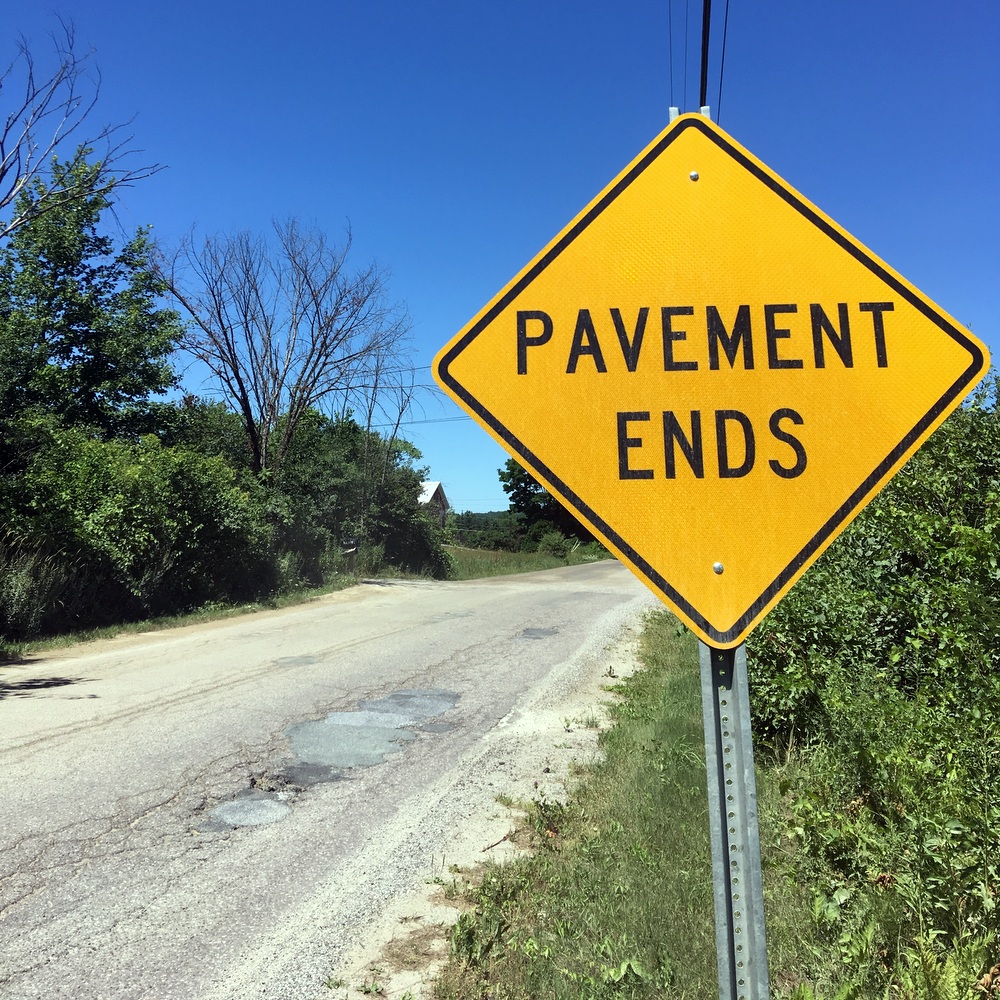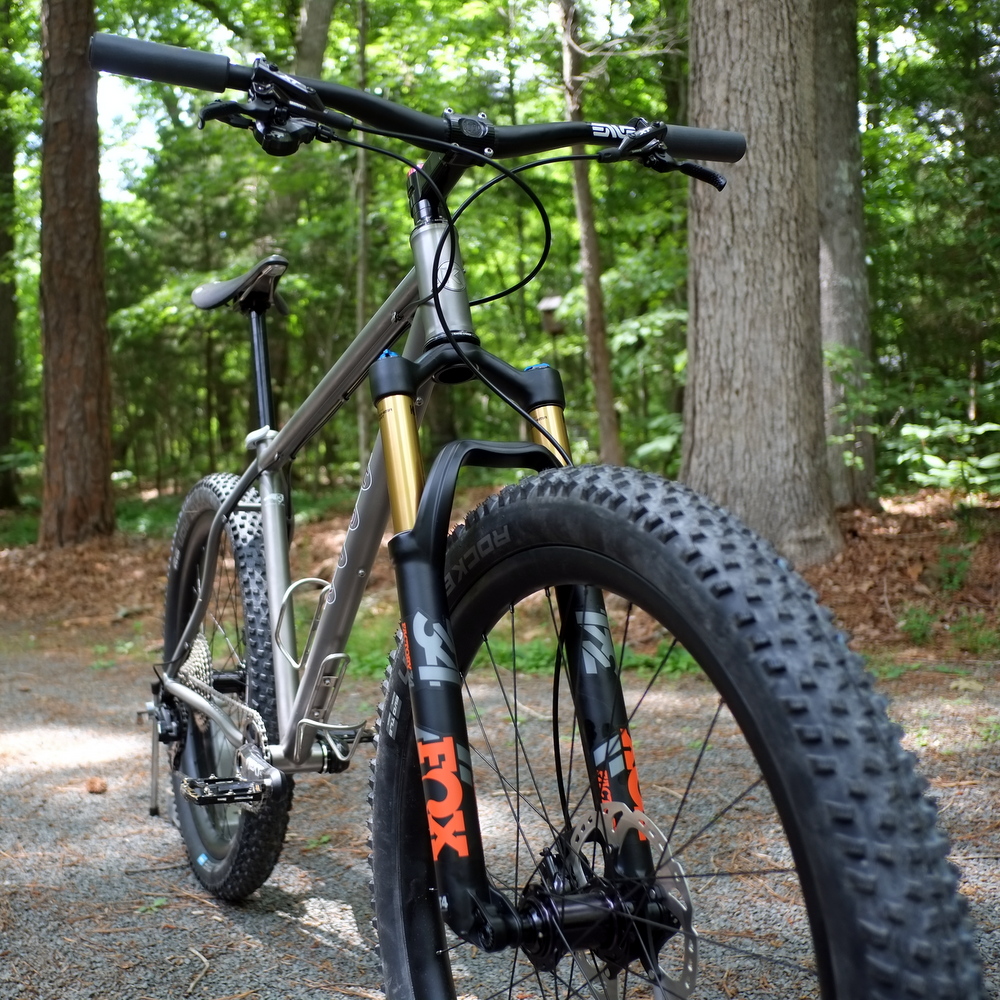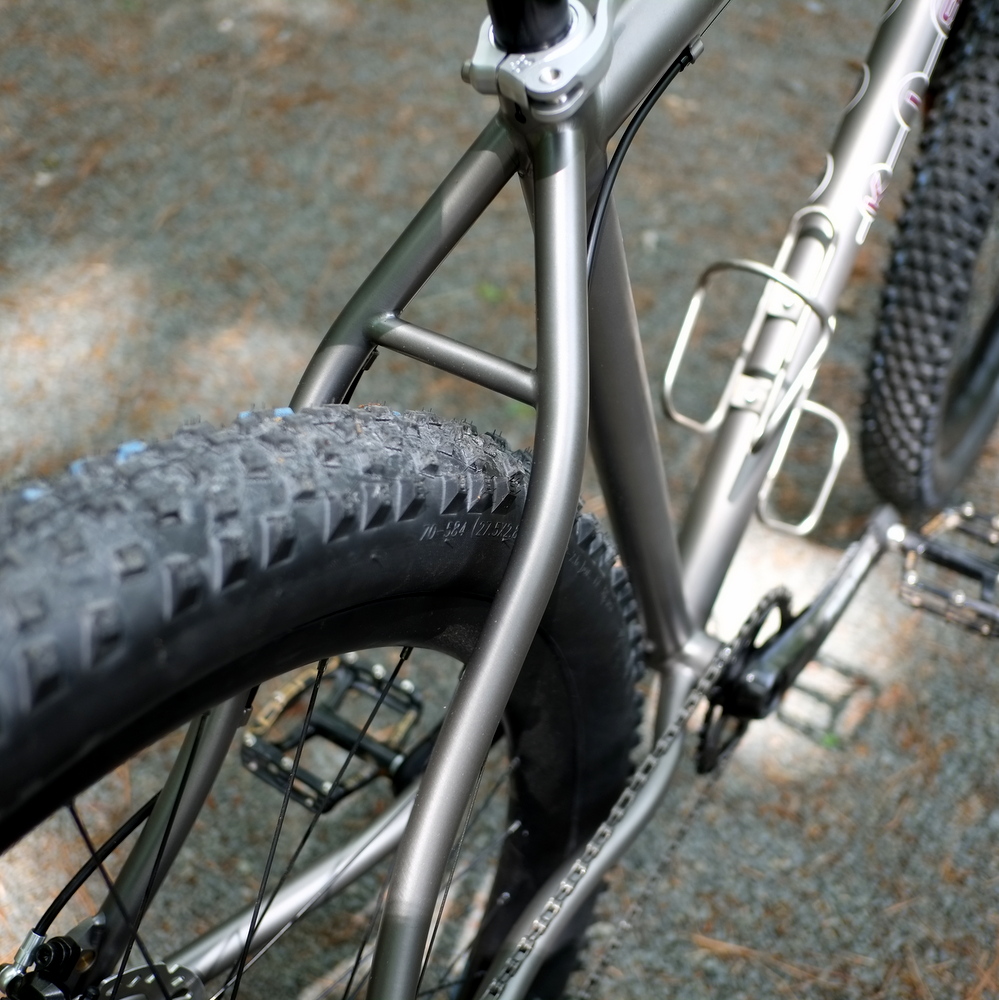Things that go off road, other stuff too
August 3rd, 2018 - By admin
Hey y’all just a quick midsummer check-in from the swampy World HQ of Kish.
I wanted to get some info on here regarding All Things Off-Road Related, with an emphasis on Gravel, And The Grinding Of It. The bike industry loves new standards, and splitting categories until they are a transparent sliver of a formerly-chunky category like ‘Mountain Bike’ or ‘Cyclocross Bike’. People like to carp about this being a thinly-veiled cash grab by Big Bicycle, and I get it, BUT sometimes these things work out for all of us.
A lot of custom builders have been building cyclocross bikes with relaxed, all-day geometries, or road bikes with long-reach brakes to fit fatter tires, or touring bikes with stouter wheels and MTB parts for decades. So, ‘gravel’, ‘road plus’, or ‘adventure’ bikes are nothing new – it’s just a different way of describing something we’ve been doing all along. What IS different, though, is these days we have a lot more parts options for these bikes. You no longer need to Frankenstein together an ‘Off-Road Road Bike’. Chances are the parts you have in mind already exist. Disc brake that plays well with racks and fenders? 40C cross tire, and how about a carbon fork to fit it? All this stuff exists now, and in most cases it’s available from different manufacturers at different price points. From where I’m sitting, that looks good. It’s much easier to build a bike appropriate for the type of riding my customer has in mind, and instead of spending weeks chasing parts that may or may exist, I can now order them free from any human interaction from the safety of my computer hovel. So, as usual, yeah, the jargon can get a bit tiresome, but at least there’s some concrete good coming out of it.
If you’re considering a new bike, whatever space it occupies in the road – road plus – touring – cross – gravel continuum, just drop a line or pick up the phone, we’ll be able to help with parts selection and geometry. You can call the bike whatever you want!
For reference, RVA Grinder!:
A similar thing has been going on with mountain bikes almost since their inception. Most of the confusion in this case seems to revolve around (!) wheel and tire dimensions. I won’t rehash the great wheel-diameter wars of the early-oughts, but I will say for our bikes, we use 27.5” wheels most of time, occasionally 29” if it’s appropriate. That leaves tire width as the random element, and this drives much of the decision making on parts spec, axle spacing and geometry (The same is true for gravel, etc bikes – the first question I ask is usually ‘what size tire you usin’?).
Our mountain bikes tend to occupy the racy/ cross country end of the spectrum more than the gnarly-dude/deathwish end, but we still employ all (or most, at least) of the currently available rear axle spacing standards. Here’s how I arrange them in my mind:
135mm quick release: nothing wrong with this structurally, but the support for quick-release hubs by wheel and fork companies is dwindling, it’s really easier to use one of the through-axle standards. We don’t really use this spacing anymore.
142mm through axle: this spacing is really the same as 135mm, but in a thru axle form. The axle is centered in a 3.5mm recess in the frame’s dropouts, hence the 7mm difference from the old standard. The rest of the drivetrain is spaced the same, too. This spacing works ok for tires up to maybe 2.25”. Personally, I like to be able to go a little bigger, so we don’t use this standard much for mountain bikes (it is, however, our standard for gravel bikes).
148mm ‘Boost’ through axle: this one really stuck in everyone’s craw when it first came out – why make a whole new standard that requires a new crank, wheels, etc just to gain a few millimeters of clearance? Looking at it that way, it is dumb as hell. But if you’re starting from scratch, why not take the extra clearance? 148mm spacing on our bikes works for tires up to 2.4”, it’s our default for cross country bikes.
157mm through axle: also called ‘super boost’ for obvious reasons. We use this for ‘mid-fat’ or ‘plus’ bikes that bridge the gap between cross country and fat bikes. It works well for bikes that use tires from 2.3” to 3.0”, aka the ‘sweet spot’, if you ask me. We use this one a lot (some pictures below of an example).
177mm through axle: the shorter of the fat bike axles. We only build fat bikes for tires up to 4.0”, so this is our preferred fat spacing
197mm through axle: good for fat bikes with tires up to 5.0”, but we don’t build those.
For reference: Mid-Fat Madness!:
One other thing to mention on another subject: we will be attending the US National Whitewater Center’s Outdoor Market in October. This is a weekend market/party/whatever in Charlotte, NC. dates are 10/19-21. The USNWC is an absolutely bonkers 1300 acre playground with tons of kayaking, rafting, climbing and 40+ miles of trails for mountain and gravel riding. There will be lots of live music, restaurants and it looks like beer is available every 5 feet or so.
It’s going to be lots of fun, we’re bringing a bunch of new bikes to look at, and we’ll have a sale on shirts and hoodies and there will be stuff to give away too. We don’t do much in the way of shows anymore, so this is your chance to schmooze with the gang. Come check it out if you can!
///




